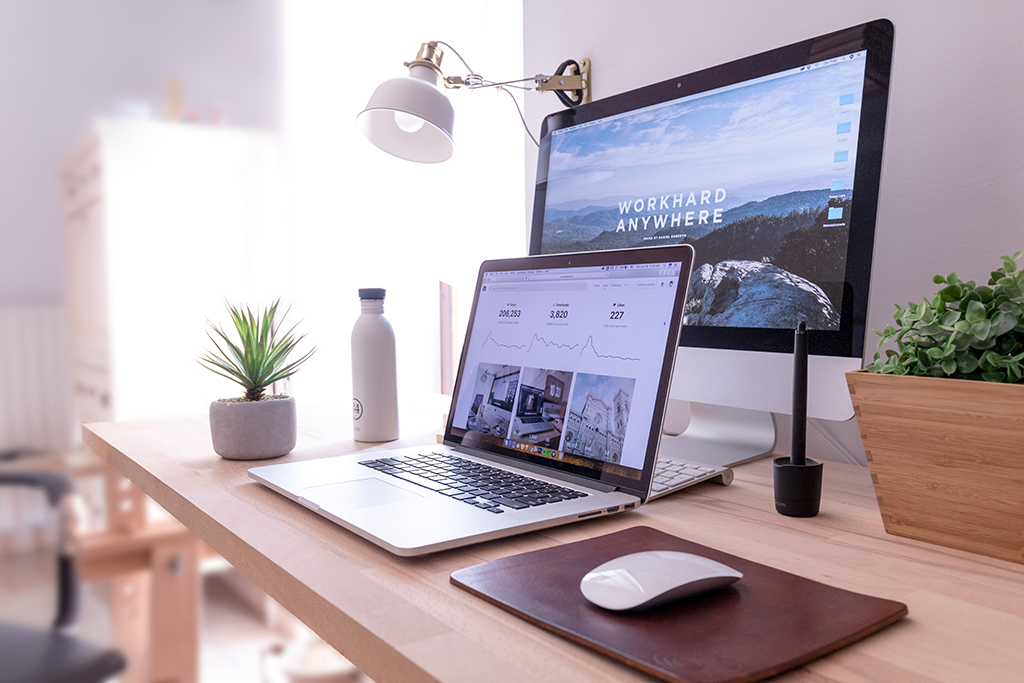

Stress is often an inevitable part of our lives and can have a serious impact on our physical and mental health in the long run. For this reason, the place where we live should be, as far as possible, a refuge in which to find the calm and balance necessary to then face daily commitments with the right energy. So let’s see some design ideas to create spaces with a relaxing atmosphere to try at home, or at least in a room dedicated to relaxation.
The role of design for well-being
The idea that a welcoming place can contribute to greater psychophysical well-being is certainly not new. Already in Roman times, the architect Vitruvius developed a theory on the importance of harmonious proportions in architecture, a concept that was later taken up in the Renaissance. In more recent years, neurobiologist Semir Zeki has coined the term “neuroaesthetics” to study the biological causes of human aesthetic experience, while neuroarchitecture deals with the neurological response to human-designed spaces and environments. There are also currents in architecture and design that focus precisely on the effect that decorative and structural elements can have on the people who visit or inhabit a place.
An environment designed for relaxation
Design trends come and go, but certain factors are considered important to assist relaxation in harmony with natural human preferences. Both completely empty spaces and chaotic, disorganized spaces tend to create a sense of stress. On the other hand, we find the complex but organized patterns of fractals, which often appear in nature, relaxing.
Light also plays a central role in creating an environment in which to feel at ease. The temperature of the light should be appropriate for the time of day, so as to regulate our circadian rhythm and promote night’s rest. This is why prioritizing natural lighting is one of the ways to design spaces that help you feel better.
Another element that helps to calm the mind is the texture of the surfaces. Choosing natural materials such as wood, marble or linen, or focusing on tactile sensations with velvet and silk, creates pleasant stimuli that allow you to relax more easily. You can’t always use these elements throughout your home, but you can design at least one room with these principles in mind. This creates a refuge to leave everyday stress behind and recharge at the end of a long day. This room can be dedicated to hobbies such as reading, and in case of need it is the ideal space for online psychotherapy sessions. This service, available here, is an additional tool to regain emotional balance in times when commitments and circumstances cause high stress or anxiety. Having a quiet room where you feel serene is helpful in facilitating the healing process.
Small touches for a more relaxing room
When you do not have the opportunity to customize a room completely by designing it from scratch or refurnishing it, you can still implement small changes to make it more suitable for hours of relaxation. For example, you can include objects that are pleasant to the touch, such as a fluffy blanket, an ornament with an interesting design or a coffee table with a polished surface. Contact with nature is another factor whose positive effect on mental and emotional well-being has long been known. Indoor plants are therefore a simple and effective way to make your home more relaxing. It also doesn’t hurt to choose a wallpaper with natural motifs, or paint the walls in shades of blue or green. For a final touch, some studies suggest that playing audio tracks with nature sounds, such as rain or flowing water, reduces stress and helps you unwind.
TID nasce con un grande obiettivo: creare un network in grado di far circolare le idee più giovani e creative nell’attuale panorama del design rendendo così più efficace e semplice l’incontro tra domanda e offerta. Giovani designer e architetti possono caricare online i propri lavori, a fianco di quelli dei professionisti già affermati, creando una proposta unica nel panorama mondiale: un’infinità di idee, spunti, proposte che ti aiuteranno ad arredare casa, ufficio, locali, seguendo le idee più attuali e interessanti.